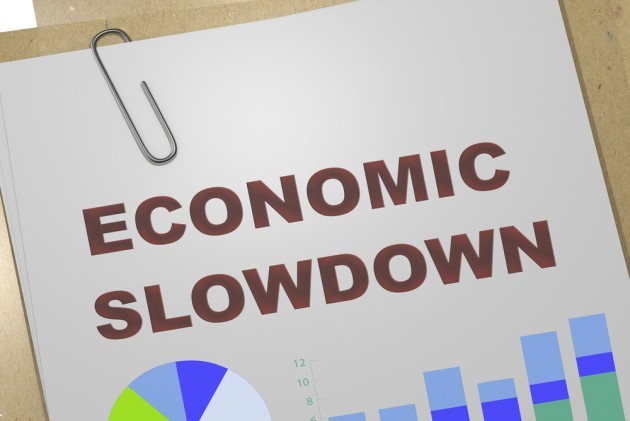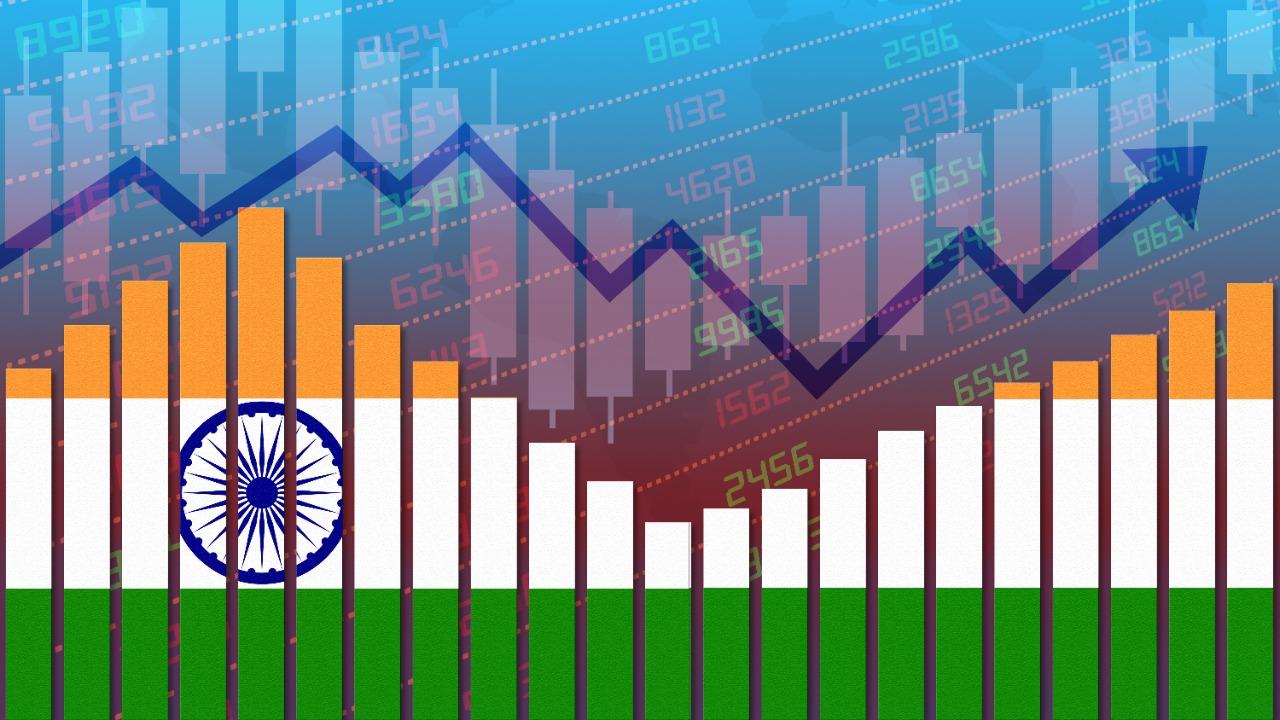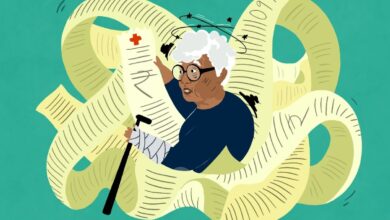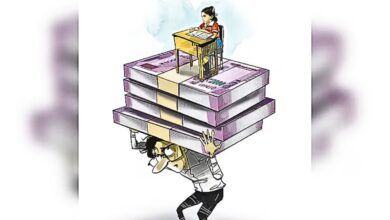GDP for FY 2020-21 shrunk by 7.3 percent and we can’t say the prospects are great for the coming one either.

The GDP crisis
The country has been struggling with a crisis one after the other and amidst all these, we implicitly saw this number coming, even though we did not quite admit it for the longest time.
But before we go into detail of how and where we are, let’s talk in numbers, facts and figures. But just to give an overview of what the economy went through in the last financial year- recall the heavy unemployment rate, downward spiraled consumption and the prolonged lockdown. It is clearly reflected by the 7.3% contraction of GDP in FY2020-21, as per the data released National Statistical Office recently. Despite the fact that there was a slight pickup of 1.6% in the fourth quarter of 2020-2021, the overall contraction of 7.6% is worse in more than 40 years, and we are all clear witnesses of it.

Even though the Indian economy had been heading to a slumped track for quite a while now, the Gross Value Added, which is the economic productivity metric, rose by 4.1% in 2019-20. However, it shrank by 6.2% in 2020-21 primarily due to the COVID-19 pandemic but as a result of a number of factors, but it is a discussion for another time. For now, note that only the agriculture sector and the electricity, water, gas and other utility services were able to show a positive growth in the Gross Value Added of the economy, implying that with most sectors of the economy failing to survive, definitely not a good sign for a developing economy.
And why the agriculture sector, you ask? Well, thank the PM-Kisan plan that allowed them to receive the instalment of Rs 2000 early. So, while agriculture eerily tried to save the pandemic-hit economy, it raises a significant question, what could appropriate direct and relief measures in the other sectors would have done? Guess the government’s weak fiscal response needed a reality check after all.

The value added from trade, transport, communication, hotels, and broadcasting-related services suffered the sharpest blow during the said period, with reports suggesting decline of 18.2 percent. These sectors are followed by construction in the decline data standing at a contraction of 8.6 percent, closely caught up by the contraction in mining and manufacturing with -8.5 percent and -7.2 percent, respectively.
The GDP of the country shrunk by 24.4% in the April to June 2020 quarter followed by 7.4% contraction in the next quarter due to the spread of the deadly virus and the continued slump in discretionary consumption. The third quarter of FY2021 showed a growth of 0.5% in the GDP followed by 1.6% growth in the next. This rise can be attributed to the unlock phase and thus, immediate betterment in consumption, mitigating the impact of the technical recession in the first half of the year.
While we continue to retrospect on the damage done in the last year, many economists projected a double digit growth in FY 2021-22. However, with the second wave of COVID-19 pandemic forcing many states to impose lockdown, the need to revise estimates is more tangible than ever. Even though some notable economists like K.V.Subramanian, the Chief Economic Advisor (CEA) of the Finance Ministry have said that they do not expect the forecasts to be significantly affected by the second wave of the virus, the fundamental indicators like consumption and unemployment are taking a turn downwards.
The state wise lockdowns and several restrictions have directly affected the common man again by forcing them to shut down their businesses and therefore leaving millions of people jobless, yet another time. As per many estimates, the first quarter of the FY 2021-22 is expected to stand at nearly 21.6% which is considerably lower than the previously predicted 23%. The impact of the fall in growth has always affected the middle and lower class of the country, and the impact is not expected to be different this time too.

From a contraction of 24.4% in the first quarter of the year 2020-21 to a slight but needed growth of 0.5% in the third quarter and 1.6% in the last quarter, majorly because economic activities gradually resumed after the prolonged strict lockdown. The emergence of successful vaccination trials further helped increase public confidence and shift the focus primarily from the precautionary motives to save to discretionary consumption a little.
However, the hopes of this recovery could not continue for a prolonged time especially because of the advent of the second wave that impacted the lives and economy significantly. D.K Srivastava, chief policy advisor at EY India in a report said “With a lower contraction in GDP and GVA in 2020-21, the sharp recovery project for 2021-22 by a number of agencies like IMF and RBI have to be moderated. These projections were done prior to the second wave”. This points at the fact that the V-shaped economic growth that the government had so desperately hoped seems like a distant dream now, and not entirely because of the pandemic turned crisis but also because of incompetent handling of the situation.
Aditi Nayar, chief economist at ICRA also talked about the uncertainty of the impact of the Covid-19 pandemic in FY 2021-22, stressing on the fact that accelerated rate of vaccination throughout the country would prevent the third wave of the virus and therefore will improve the current condition of the economy. However, the terrible lacking in the vaccination drive of the country blurs those prospects too.
Former Finance Minister P. Chidambaram expressed his discontentment with the latest GDP contraction numbers, claiming it to be the darkest year of economy in decades. There are no two ways about the fact that the government’s handling of the crisis had a huge role to play in this result and the former Finance Minister was significantly vocal about it his latest statement. Politics or no politics, it is the common man that is losing out and the worst part is, all we’re doing is to sit and witness all of it happening.
Undoubtedly, the increased unemployment played a significant role in the contraction in GDP that we’re looking at today and well, the situation is not well today either. According to reports published by government sites, the unemployment level rose from 8℅ in April to a significant 12% in the following month, May. Nearly one crore Indians are left jobless which has made their survival even difficult during this second attack of the pandemic. The number of job seekers is constantly rising but the jobs, well, they’re low as ever.
People are still struggling to make their ends meet. To paint a rather grim picture of the today’s poor- imagine being unemployed, with no roof over your head and no resources to get your close ones treated properly. Sad but definitely real. It is not that the situation spiralled out of hand, it is that we allowed it to. And the consequences of it, well, the common man is yet again in the front to experience.
The GDP is not merely an economic indicator, it is a representative of the life that the bottom section of the life is leading and by letting it slide in the name of pandemic, we’re revoking their chance at a better life. Think through and change your ways wisely because if the pandemic has taught us one thing, it is the need to acknowledge our privileges and share our resources.




